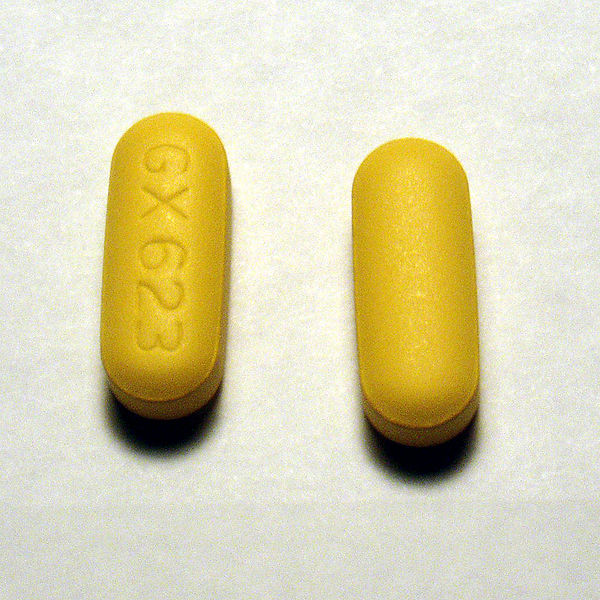 In my grand rounds on uric acid’s link to renal disease and hypertension I was not able to show any compelling data that allopurinol actually helped adults. There is convincing data on the use of allopurinol for the treatment of adolescent hypertension. The only adult data I could find was a VA study which used a retrospecitve electronic chart review to show that patients prescribed allopurinol had a lower risk of death. Pretty weak sauce.
In my grand rounds on uric acid’s link to renal disease and hypertension I was not able to show any compelling data that allopurinol actually helped adults. There is convincing data on the use of allopurinol for the treatment of adolescent hypertension. The only adult data I could find was a VA study which used a retrospecitve electronic chart review to show that patients prescribed allopurinol had a lower risk of death. Pretty weak sauce.
Now we have more compelling data showing a reduction in the progression of CKD thanks to Goicoechea et al.
This is an interesting, single-center, randomized, controlled trial of allopurinol given to patients with chronic kidney disease. The patients had to have stage 3 CKD or worse (average eGFR was 39.5±12.4 for the control group and 40.6±11.3 for the allopurinol group) that was relatively stable. The patients had hyperuricemia at baseline but nothing too crazy (7.3±1.6 mg/dL for the controls and 7.9±2.1 mg/dL for allopurinol). The patients were not blinded and no placebo was used. Investigators either handled the patients or the laboratory results but no investigator dealt with both.
The primary end point was a little hazy by my read. The authors state:
The primary objective of this study was to analyze the effect of allopurinol in patients with moderate CKD in reduction of inflammatory markers and renal disease progression.
But I couldn’t find a specific case definition of renal progression in Materials and Methods. In the results they showed significant reduction in renal disease progression by two means:
- They showed less loss of eGFR over 24 months in patients treated with allopurinol. There was actually a modest increase in renal function in the allopurinol group. P=0.016 for eGFR between groups at 24 months.
- They defined renal progression as a loss of more than 0.2 mL/min per month and after using a cox-regression model adjusted for age, gender, diabetes, uric acid, hs-CRP levels, renin-angiotensin system blockers, CKD etiology, and albuminuria they found a hazard ratio of 0.53 (0.28 to 0.99; P=0.048).
As part of the primary end point they also looked at inflammatory markers and those improved remarkably with allopurinol. The investigators saw significant reductions in CRP, C Cystatin. Albuminuria appeared to drop more in the allopurinol group but this was not significant.
One of the secondary end-points was looking at cardiovascular risk and hospitalization. The data looks really exciting. They had a 71% reduction in cardiovascular events and a 62% reduction in hospitalization.
This study is study suffers from the weaknesses often seen in the first studies of an exciting hypothesis. It is a single center study, it is too short and it is too small; that said, the investigators were able to show reductions in both patient oriented outcomes (cardiovascular events and hospitalizations) and important biochemical factors (CRP, loss of renal function). I’m also excited to see that this didn’t come from Richard Johnson’s lab. Too much of the data on fructose and uric acid comes from his group. Nice to see some fresh faces in this field.
I am looking forward to a larger study with harder end-points than a
change in the slope of eGFR.
Show me a decrease in the doubling of serum creatinine and/or decrease in the initiation of dialysis.
I, personally, am already a believer in the fructose/uric acid model of hypertension and progression of chronic kidney disease. Goicoechea, et al. is an important brick in the wall but it is still not enough to warrant the blanket treatment of asymptomatic hyperuricemia.























